There was delightful synchronicity in the opportunity: photograph an up and coming jazz quintet during a practice session. I’d been considering trying Ilford Delta 3200 in my Rolleiflex 2.8F, a 1980 Whiteface with a lovely Schneider-Krueznach Xenotar. Shooting in a small music practice room with no windows was the perfect setting for using a high-speed film with a camera whose leaf shutter tops out at 1/500th of a second.
And it was a chance to photograph a group of young musicians who’d embraced acoustic jazz, playing classics of the 1950s and 1960s. The Rolleiflex, which was older than all of the musicians, looked and fit the part.
I metered the Ilford at 1600, which gave me just enough leeway to hand-hold about half the shots. I was significantly more confident with the Rollei on a tripod, however. As it was only the band, me and a photographer friend who was shooting 35mm, there was room to move with the TLR on a sturdy tripod.
My Rolleiflex is fitted with a Maxwell brightscreen, a necessary addition for me to use the camera. It’s also been overhauled by Harry Fleenor, the Rollei repair specialist in California, who took my very clean camera and turned it into an all-but-new one.
The musicians were great. They ignored me as I worked my way around and occasionally through the group. I exposed three rolls of the Ilford Delta 3200. The band’s leader was Daniel Sananikone on trumpet, Grant Cravalho on piano, Jeremy Lawi on drums, Bronson Nishikida on saxophone, Arthur Davis on trombone, and Anthony Burruso on bass.
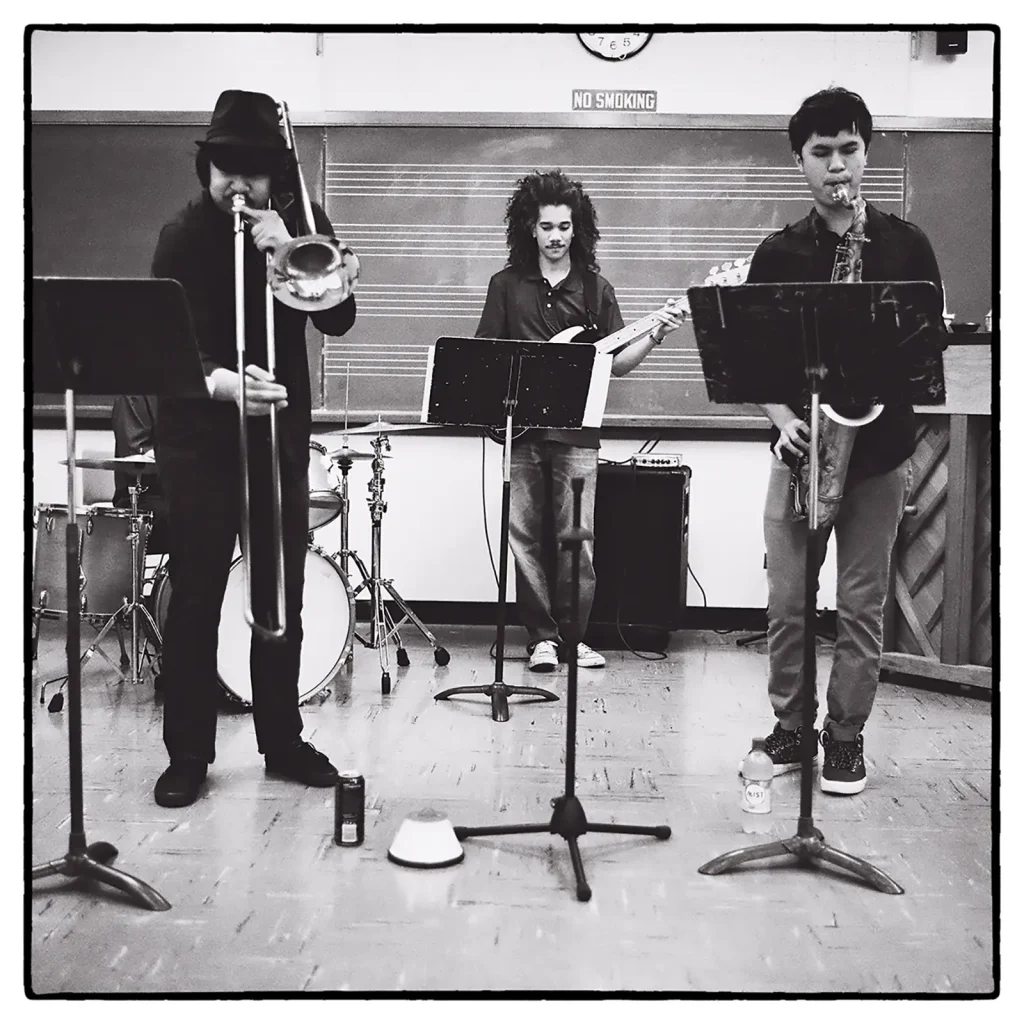
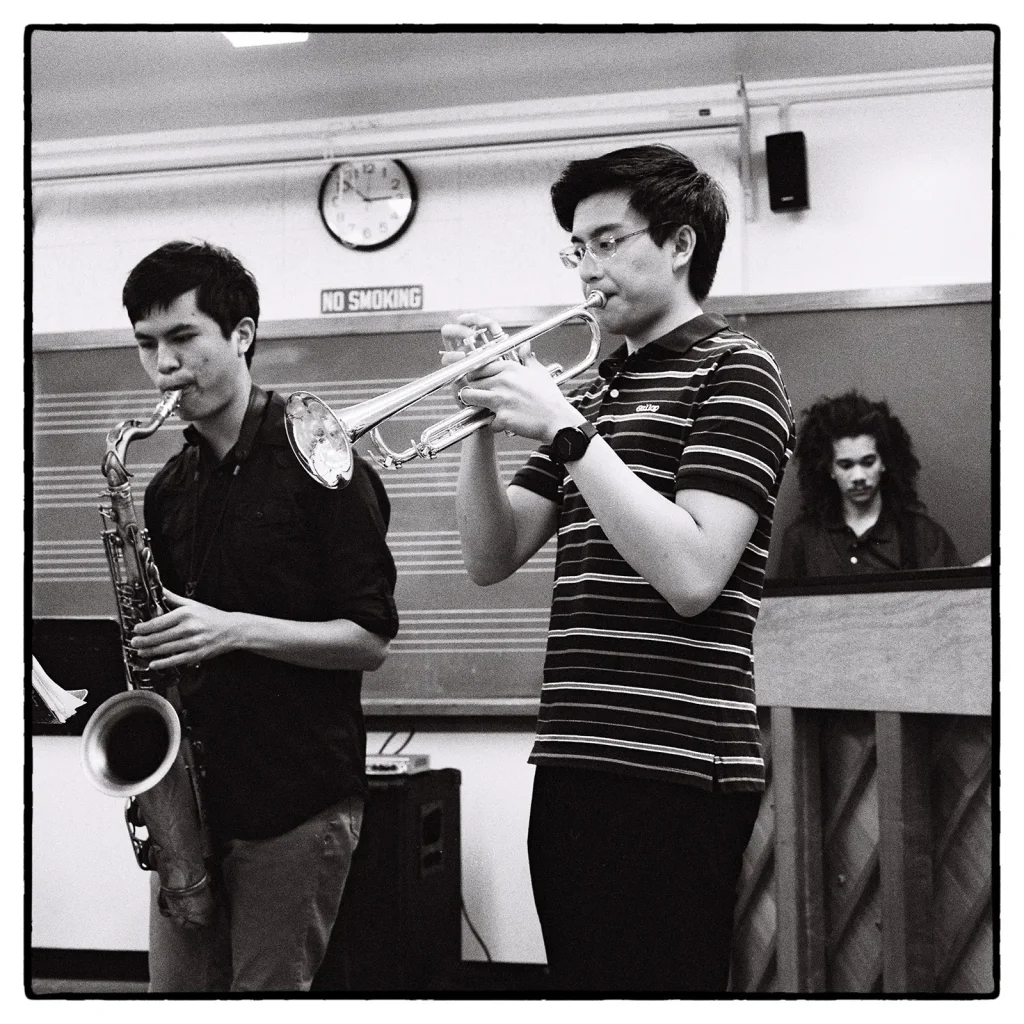
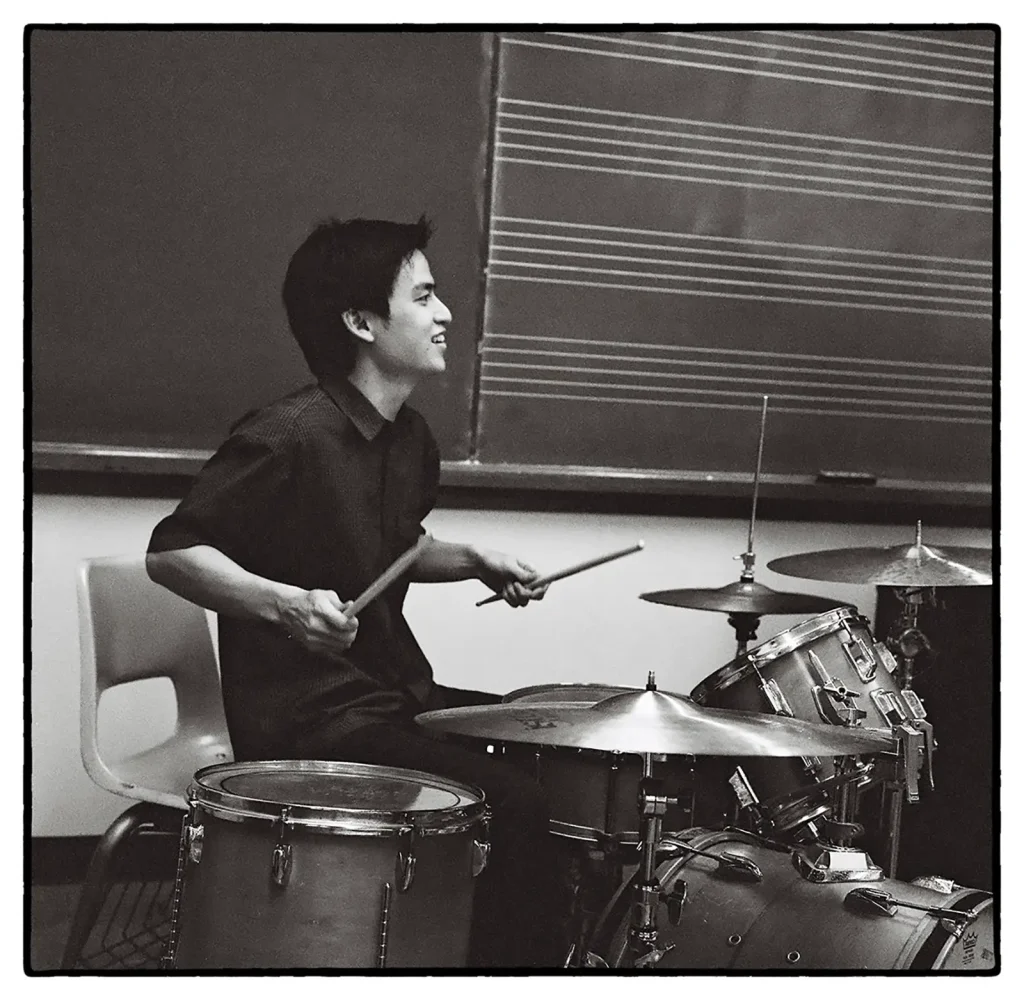
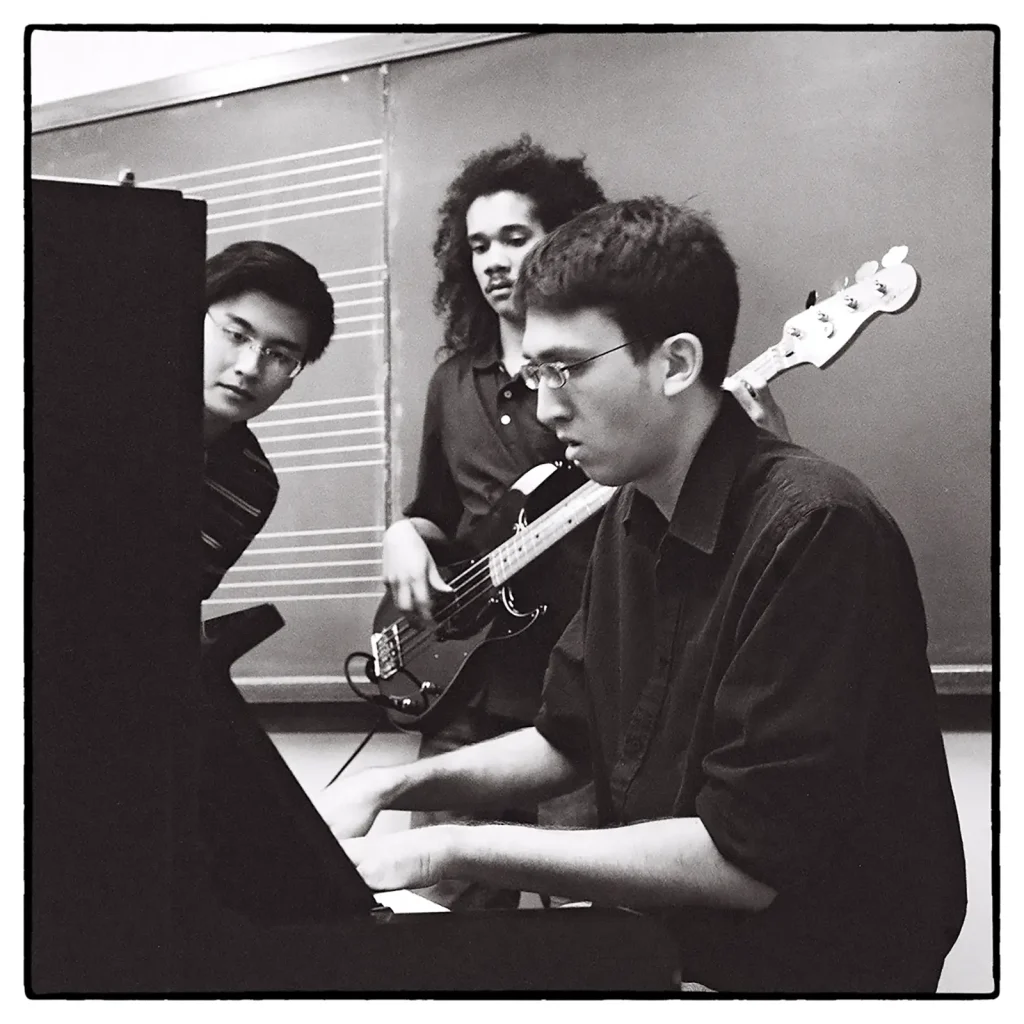
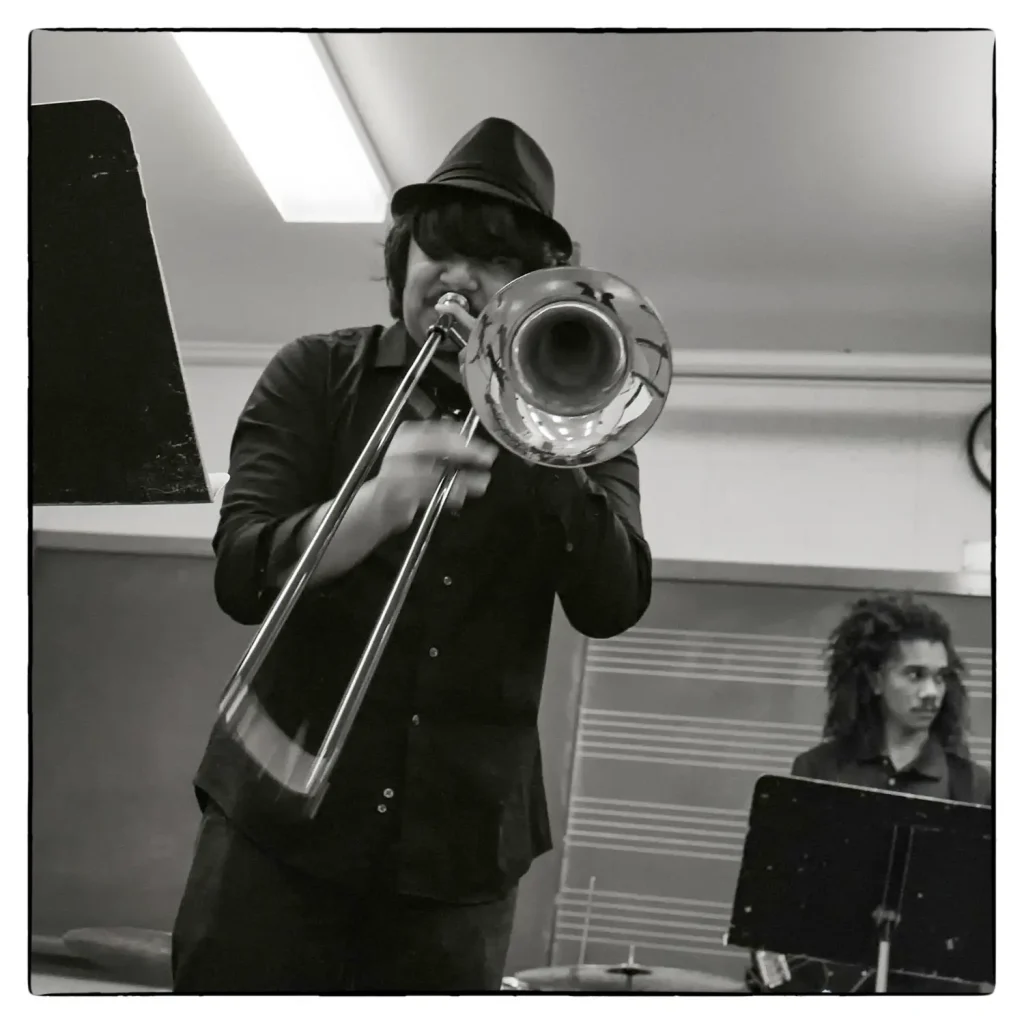
I was happy with the results. Grainy and gritty enough to suggest (in my mind, at least) the classic jazz performance photography of the 1950s and 1960s of William Claxton and other photo greats. I made sure to provide band members with 8 x 10 prints, an appropriate thank you, I thought, in an age of emailed jpegs.
Floyd K. Takeuchi
www.floydtakeuchi.com
Share this post:
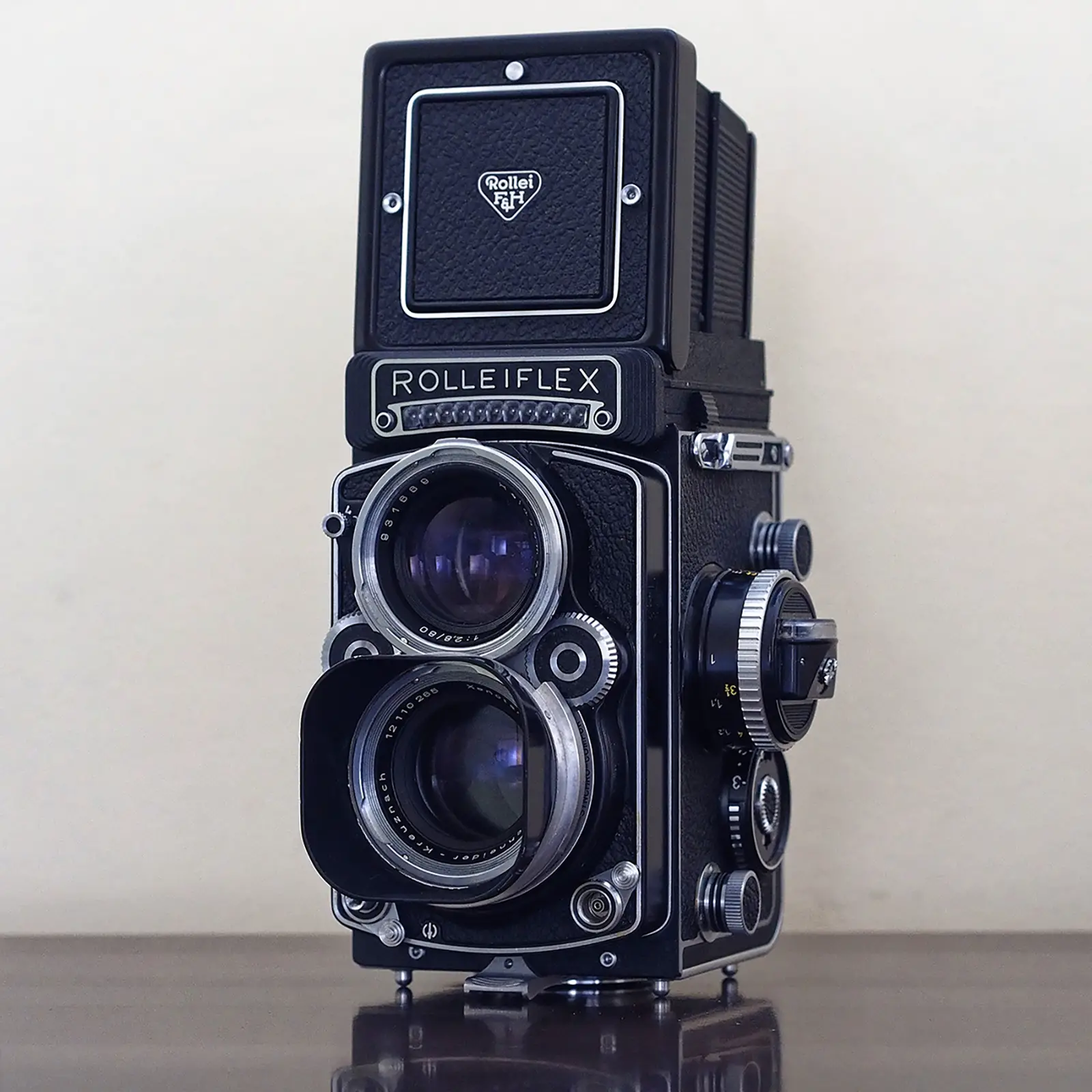
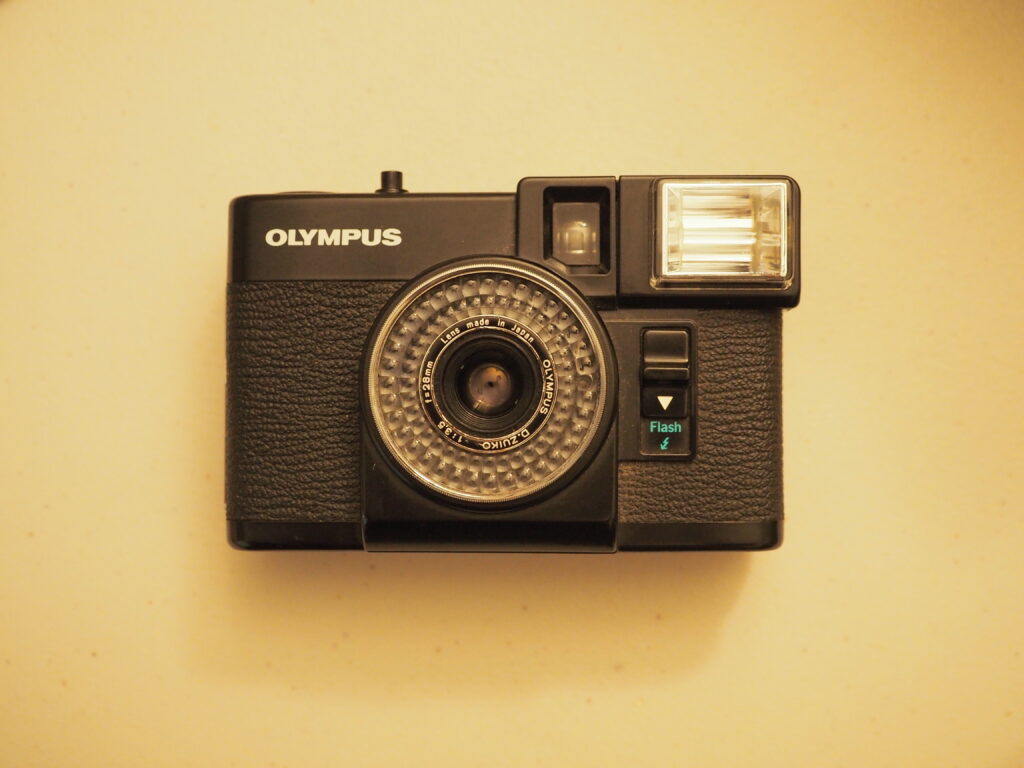

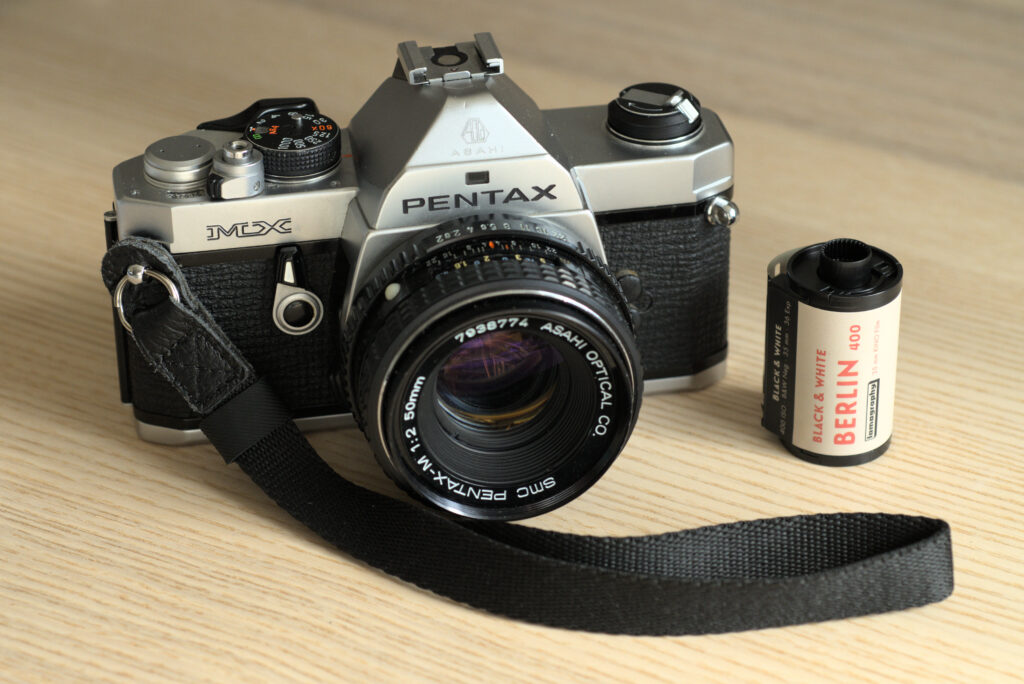
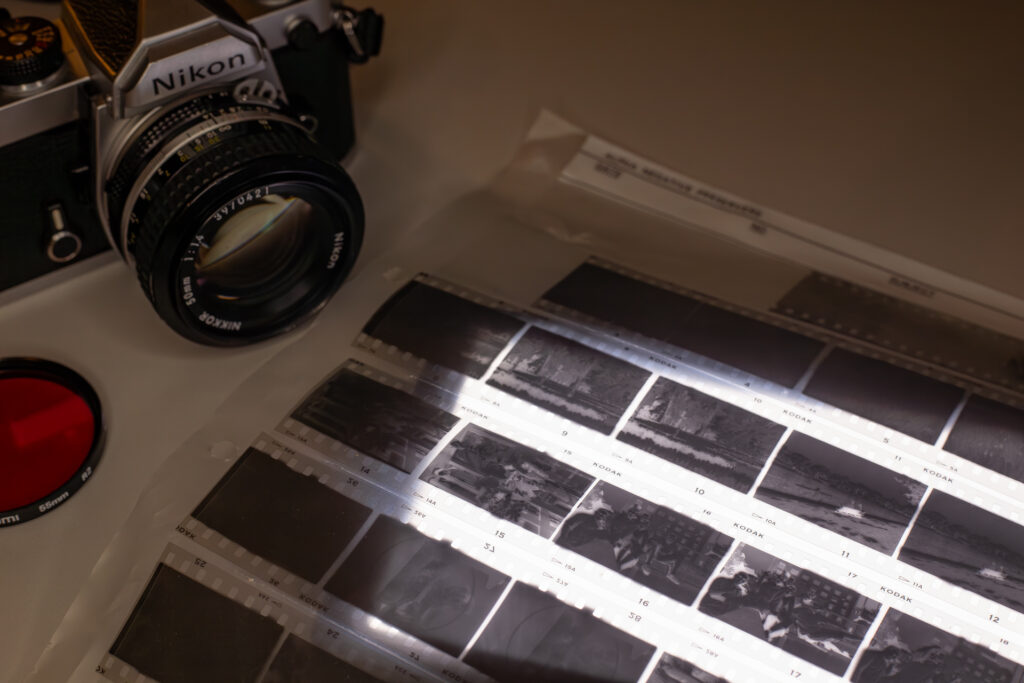




Comments
Abe on 5 Frames With A Rolleiflex 2.8F & Ilford Delta 3200 – by Floyd K. Takeuchi
Comment posted: 13/02/2019
Terry B on 5 Frames With A Rolleiflex 2.8F & Ilford Delta 3200 – by Floyd K. Takeuchi
Comment posted: 13/02/2019
If I'm honest, I think that the Xenotar was marginally sharper than the Planar, at least with my samples, but not now having the former to hand, I can't be sure.
For stage 2 of your photoshoot, may I suggest you ignore health and safety and get the lads into a smoke-filled darkened club lit only by spots, and get some "authentic" jazz images.????
Faraz on 5 Frames With A Rolleiflex 2.8F & Ilford Delta 3200 – by Floyd K. Takeuchi
Comment posted: 13/02/2019
Anyway, there's certainly a joy to using these wonderful and very capable machines that uplifts the whole experience of shooting. It also seems to generate a lot of interest. I have a few (read too many) film cameras, and this one gets the most compliments by far. Doesn't stop people asking to see preview LCD at the back though, lol, these millennials.
Comment posted: 13/02/2019
Comment posted: 13/02/2019
Faraz on 5 Frames With A Rolleiflex 2.8F & Ilford Delta 3200 – by Floyd K. Takeuchi
Comment posted: 15/02/2019
Camera Review Blog No. 03 – Franke & Heidecke Rolleiflex 2.8F – Alex Luyckx | Blog on 5 Frames With A Rolleiflex 2.8F & Ilford Delta 3200 – by Floyd K. Takeuchi
Comment posted: 01/10/2019